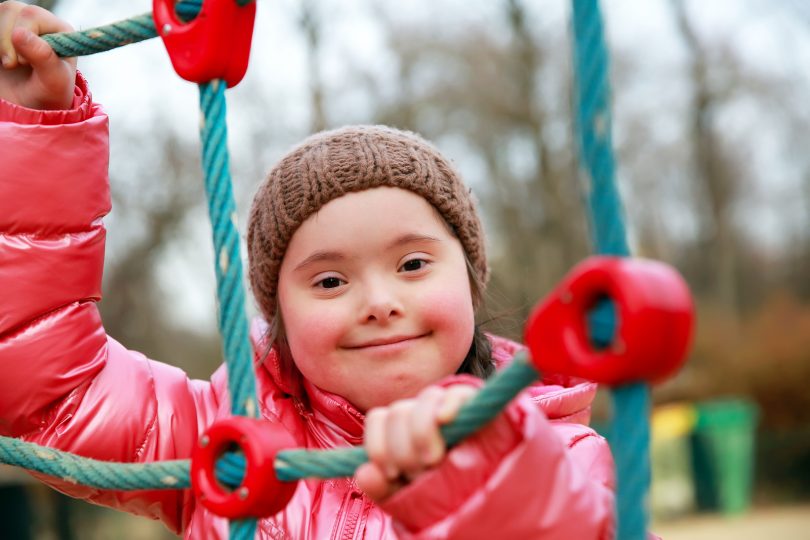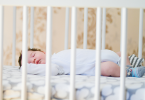Colorful leaves, brisk winds, cozy nights are some of our favorite things about winter. Before we get all wrapped up, don’t forget to take a quick second to check off this winter list. Renée McCabe, Injury Prevention and Safety Coordinator at Children’s Hospital of Georgia shares her best winter safety tips.
Home Safety
- Check your carbon monoxide detector on every level of your home, especially if you have one near bedrooms.
- Infants should sleep on their back in their own bed or bassinette. Keep cribs free of extra blankets and stuffed animals. If you’re worried about babies getting cold at night, try a sleep sack.
- Practice your family’s fire escape plan. Place heaters at least three feet away from anything that can catch fire.
- Get your home tested for radon levels. During the winter, we spend more time indoors with the windows and doors closed. McCabe says that test kits can be purchased at home improvement stores or online.
Car Safety
- Never leave a car or vehicle running inside a garage. If you need to warm it, open the garage before you start the engine to avoid accidental carbon monoxide poisoning.
- Take a few seconds to walk around your car before you start it. Animals and pets sometimes crawl into open spaces for shelter and warmth.
- Secure your child into their car seat and then put on their coat. Bulky winter gear and prevent the harness from protecting the child in the event of an accident.
- Enter and exit driveways slower than usual. Icy conditions can veer cars off course and into yards when kids are playing.
Flu Safety
- Wash hands frequently to reduce the spread of germs.
- Teach kids to cover their mouths when coughing and sneezing. Carry tissues or teach kids to cover up with the bend in their elbows instead of using their hands.
- Carry wipes to clean surfaces when out in public or traveling.
- Ask your doctor whether your family should get a flu shot.
Weather Safety
- When kids go out to play in low temperatures, dress them in warm clothes and layers. Don’t forget a hat! Bring them inside periodically to warm up.
- Make sure winter sports gear fits properly.
- Despite cooler temperatures, good hydration and sunscreen are still important.
- Remove wet clothes, gloves and boots immediately after playing.
Don’t underestimate the risk of hypothermia
Georgia winters typically don’t plunge into extreme temperatures but hypothermia can still be a risk to babies and small children. Avoid long exposures to temperatures 40 degrees and below.
Hypothermia can cause confusion and in small children, they may not be able to communicate how they feel. Know the symptoms of hypothermia and act quickly to warm them up.
- In infants, look for bright red, cold skin and very low energy.
- In children, look for uncontrollable shivering, exhaustion, confusion, slurred speech and drowsiness.




